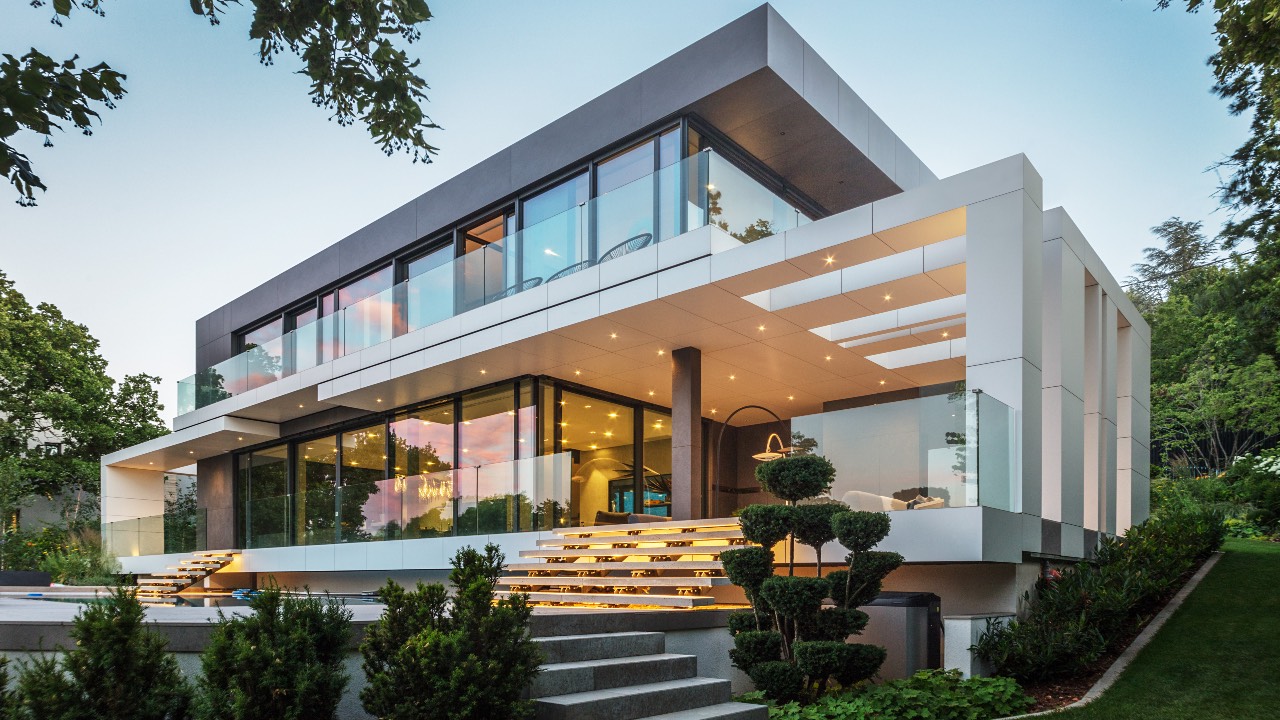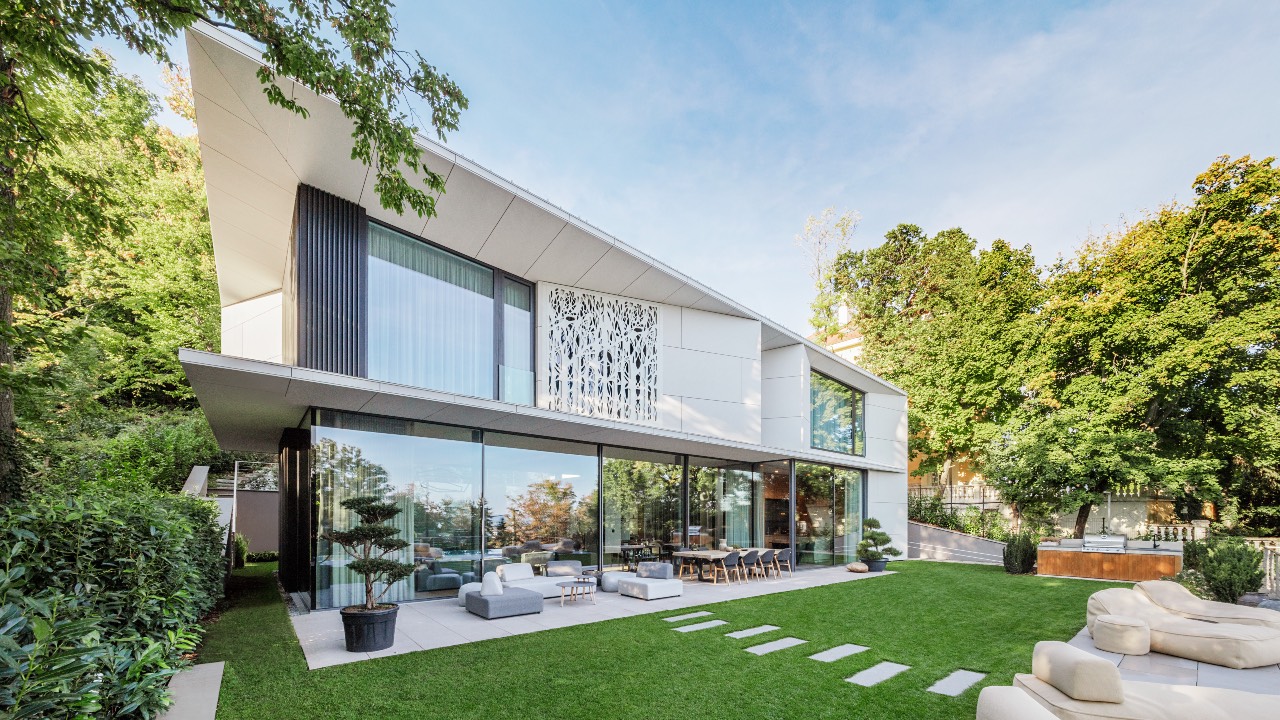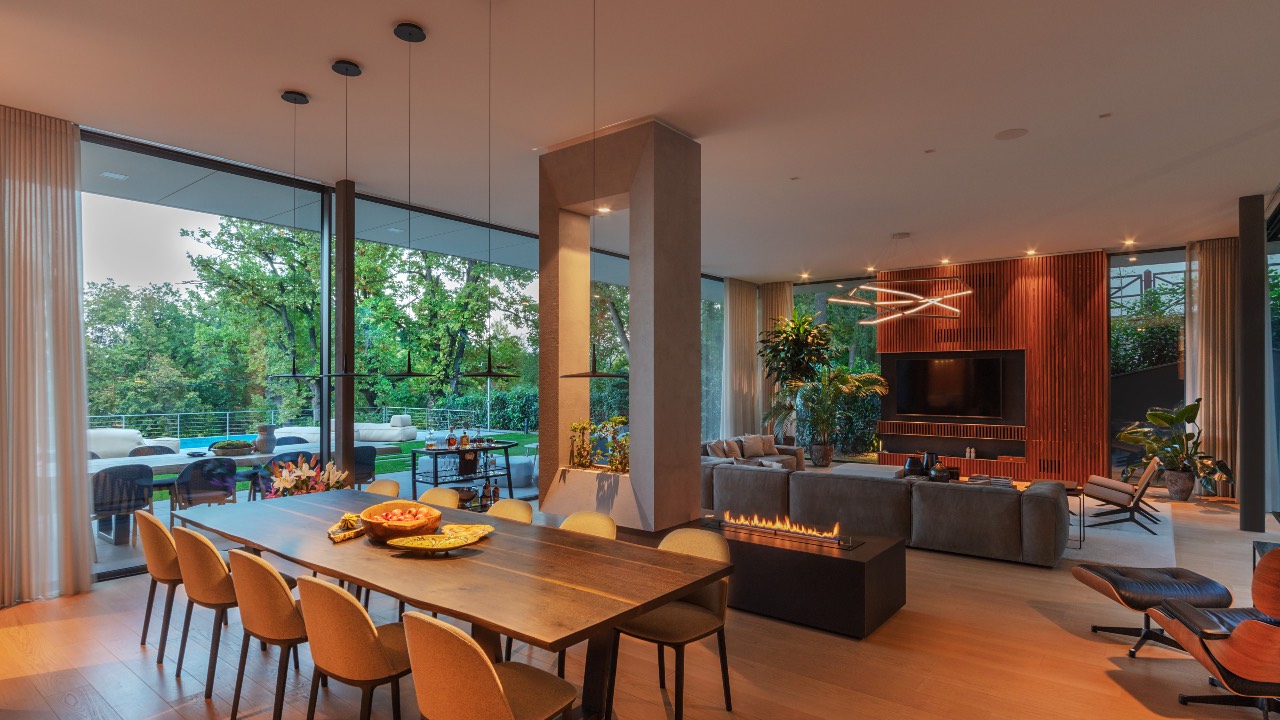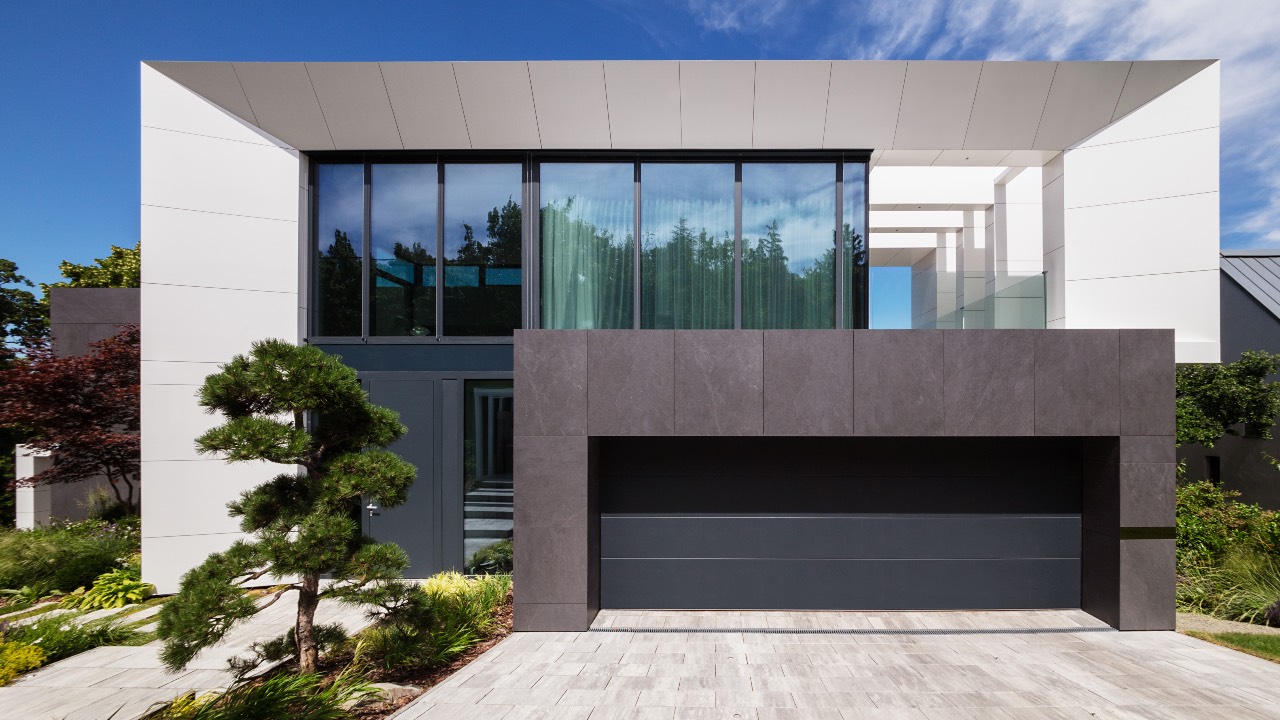
Architect Istvan Benyei's home designs are unlike most. /Benyei architect studio
Architect Istvan Benyei's home designs are unlike most. /Benyei architect studio
The energy crisis in Europe is making energy-efficient homes hot commodities. In a recent survey conducted by the European Climate Foundation, nearly 90 percent of respondents said they want to buy or rent energy-efficient homes.
One architect's home in Hungary could be a guide for people looking to become energy-independent.
READ MORE
UK hits back at criticism over unsafe migrant centers
Collins dictionary announces 'Word of the Year'
China-UK Bridge Builders: Alex Hua Tian
Architect Istvan Benyei's family home is unlike most. The house, like others he has designed for his clients, not only brings people closer to nature but also uses its surroundings as a source of energy.

Homes designed by Benyei not only brings people closer to nature but also use the surroundings as a source of energy. /Benyei architect studio
Homes designed by Benyei not only brings people closer to nature but also use the surroundings as a source of energy. /Benyei architect studio
"The most important duty of the architect is to examine the location to ensure that the sun can provide heat during the colder months during the daytime, and in the summertime, cool the property with a passive shade system built into the design," said Benyei, a world-renowned architect.
Benyei has designed eco-friendly homes in Europe, the Middle East, and Australia. He says the energy crisis has increased demand for this type of design.
Benyei's own 445 square meter home is not connected to the gas grid. Instead, solar and geothermal systems have been installed to heat and cool it.
"Next to this house, there is a probe that runs down 300 meters deep," said Benyei, "It uses the earth's heat to provide energy to this pump."
The pump provides hot water and heating during the winter. In the summer, the heat transfer process is reversed, and the same system is used to cool the property.

Benyei has designed eco-friendly homes in Europe, the Middle East, and Australia. /Benyei architect studio
Benyei has designed eco-friendly homes in Europe, the Middle East, and Australia. /Benyei architect studio
A series of solar panels on the roof provide enough energy to power the home, and an air exchange system takes air from the surrounding forest - warms it, filters it, and pumps it back across the rooms.
Energy-efficient technology is one of many tools used to design environmentally-friendly homes. The natural surroundings and orientation of the buildings towards the sun also play a key part in properties that are off the grid.
"We used larger glass panels on the main floor where we have the living room, and on the upper floors, there is less glass," said Benyei. "This is important because, during the winter, the sun is at a lower position and can heat the ground floor and as heat rises it warms the rest of the house."

Benyei's green designs can add 5 to 10 percent to the cost of construction but provide a great return on that investment. /Benyei architect studio
Benyei's green designs can add 5 to 10 percent to the cost of construction but provide a great return on that investment. /Benyei architect studio
The homes also features awnings that provide lots of shade in the summer, meaning there is no need for air conditioning.
All of these eco-friendly systems save energy and money, according to Benyei. He says they can add 5 to 10 percent to the cost of construction but provide a great return on that investment.
"Some of my clients are getting offers on the homes I designed, it's a great feeling to know that the money you invest keeps growing," said Benyei.
With no electric or gas bill, the only utility charge is for water supply and sewage, which costs about $20 per month.
Benyei hopes his homes, which harvest nature's energy while connecting their occupants to the environment, can inspire others to find sustainable solutions at the time of a rising energy crisis.